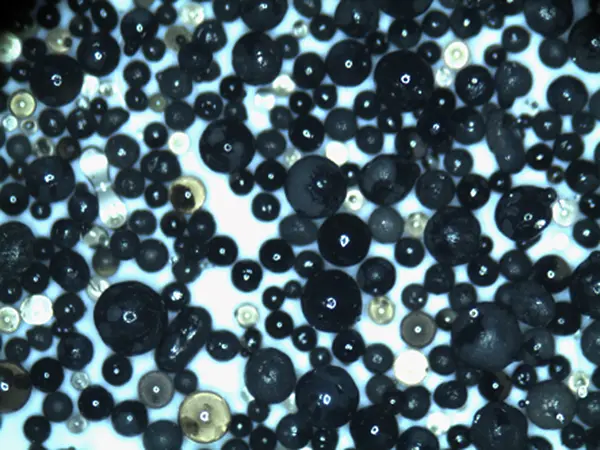Understanding Sand Casting and Its Diverse Applications
Sand casting is a widely utilized manufacturing process that has stood the test of time due to its versatility, cost-effectiveness, and ability to produce complex shapes. This method involves creating a mold from a mixture of sand, clay, and water, which is then used to cast metal components. The simplicity of the materials and the process itself make sand casting an appealing option for many industries. Below, we explore some of the key applications of sand casting across various sectors.
1. Automotive Industry
One of the primary applications of sand casting is in the automotive industry. It is extensively used to produce engine blocks, cylinder heads, and other critical components. The ability to create intricate designs and large parts at a relatively low cost makes sand casting an ideal choice for both mass production and custom projects. The lightweight yet strong components produced through sand casting contribute significantly to the efficiency and performance of vehicles.
2. Aerospace Sector
In the aerospace sector, precision and reliability are paramount. Sand casting allows for the production of complex shapes and lightweight parts that meet stringent aerospace standards. Components such as turbine housings, brackets, and housings for instruments are often manufactured using this method. The ability to use a variety of alloys, including lightweight metals like aluminum, enhances the durability and performance of aerospace components.
The construction industry also benefits from sand casting, particularly in the creation of architectural features, fittings, and components like iron railings and brackets. Customizable features that enhance aesthetic appeal and functionality can be efficiently produced through sand casting, making it a popular choice for both residential and commercial projects.
sand casting uses

4. Oil and Gas Industry
Sand casting plays a crucial role in the oil and gas industry by producing durable parts that can withstand harsh environmental conditions. Valve bodies, pump casings, and other critical components are often manufactured through this method. The ability to produce large parts with intricate designs means that sand casting can create equipment that is both effective and long-lasting for oil and gas applications.
5. Art and Sculptural Work
Beyond industrial applications, sand casting has found its way into the realm of art and sculpture. Artists often use sand casting to create bronze sculptures or decorative elements. The process allows for intricate details and complex shapes that would be difficult to achieve with other methods. This versatility not only allows for artistic expression but also provides a means to reproduce works in a cost-effective manner.
6. Marine Applications
In marine environments, parts are often subjected to harsh conditions such as saltwater corrosion. Sand casting allows for the production of components like propellers, pumps, and hull fittings using materials resistant to these conditions. The durability of sand-cast parts ensures that marine equipment can perform reliably over extended periods.
Conclusion
In conclusion, sand casting is a versatile and time-honored manufacturing method with applications spanning numerous industries, including automotive, aerospace, construction, oil and gas, art, and marine. Its ability to produce complex shapes, combined with cost-effectiveness and the use of various materials, makes it an indispensable process in modern manufacturing. As industries continue to evolve and innovate, sand casting will likely remain a crucial method in meeting the demands of various applications, ensuring that it retains its relevance in the years to come.
Post time:ડીસેમ્બર . 03, 2024 14:06
Next:sand castings manufacturer
